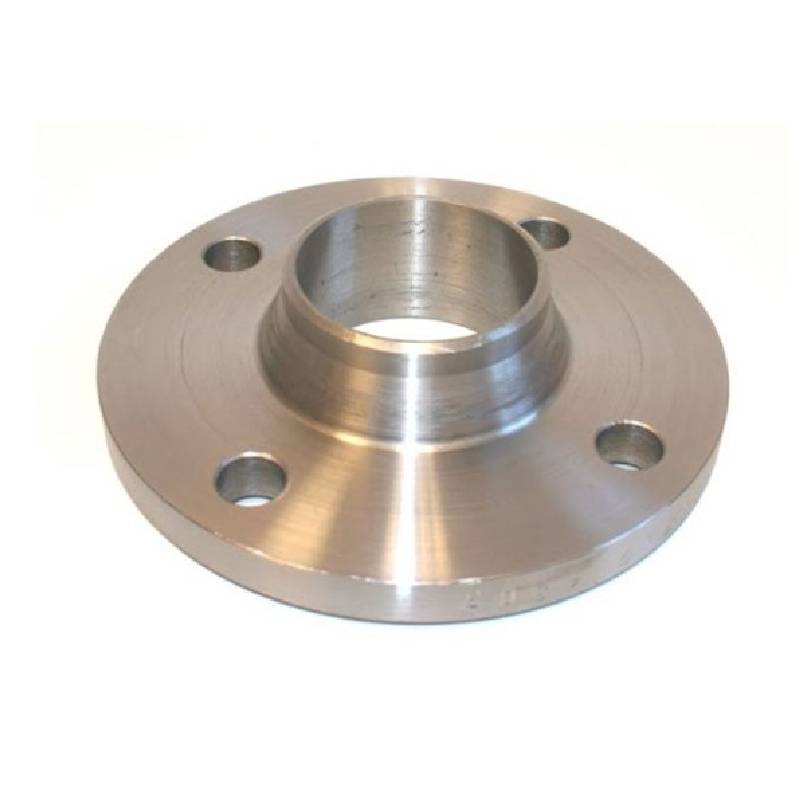-
Cangzhou Yulong Steel Co., Ltd.
-
Phone:
+86 13303177267 -
Email:
admin@ylsteelfittings.com
- English
- Arabic
- Italian
- Spanish
- Portuguese
- German
- kazakh
- Persian
- Greek
- French
- Russian
- Polish
- Thai
- Indonesian
- Vietnamese
- Zulu
- Korean
- Uzbek
- Hindi
- Serbian
- Malay
- Ukrainian
- Gujarati
- Haitian Creole
- hausa
- hawaiian
- Hebrew
- Miao
- Hungarian
- Icelandic
- igbo
- irish
- Japanese
- Javanese
- Kannada
- Khmer
- Rwandese
- Afrikaans
- Albanian
- Amharic
- Armenian
- Azerbaijani
- Basque
- Belarusian
- Bengali
- Bosnian
- Bulgarian
- Catalan
- Cebuano
- China
- China (Taiwan)
- Corsican
- Croatian
- Czech
- Danish
- Esperanto
- Estonian
- Finnish
- Frisian
- Galician
- Georgian
- Kurdish
- Kyrgyz
- Lao
- Latin
- Latvian
- Lithuanian
- Luxembourgish
- Macedonian
- Malgashi
- Malayalam
- Maltese
- Maori
- Marathi
- Mongolian
- Myanmar
- Nepali
- Norwegian
- Norwegian
- Occitan
- Pashto
- Dutch
- Punjabi
- Romanian
- Samoan
- Scottish Gaelic
- Sesotho
- Shona
- Sindhi
- Sinhala
- Slovak
- Slovenian
- Somali
- Sundanese
- Swahili
- Swedish
- Tagalog
- Tajik
- Tamil
- Tatar
- Telugu
- Turkish
- Turkmen
- Urdu
- Uighur
- Welsh
- Bantu
- Yiddish
- Yoruba

Dec . 13, 2024 11:51 Back to list
plate flange for welding
The Importance of Plate Flanges for Welding in Industrial Applications
In the realm of industrial fabrication and construction, the integrity and efficiency of welded connections are paramount. One critical component in achieving strong and reliable joints in various structures is the plate flange. This article explores the significance of plate flanges for welding, delving into their types, applications, and best practices for use.
Understanding Plate Flanges
Plate flanges are flat, circular pieces of metal with a hole in the center that are used to connect sections of pipes or components in various mechanical systems. They are typically used in welding applications where two components need to be joined securely. Their design allows for easy alignment and provides a larger surface area for welding, thereby enhancing the strength of the final connection.
Plate flanges can be made from various materials, including carbon steel, stainless steel, and aluminum, depending on the application's requirements. The thickness and diameter of the flanges vary significantly based on the intended use, with thicker flanges providing greater strength and durability.
Types of Plate Flanges
There are several types of plate flanges available, each suited for different applications
1. Weld Neck Flanges These flanges have a long tapered neck that allows for a smooth transition from the flange to the pipe, minimizing stress concentrations and providing excellent strength for high-pressure applications.
2. Slip-On Flanges Designed to slip over the pipe, slip-on flanges are easier to install and are often used in lower pressure applications. They are typically welded both at the top and bottom, providing a strong seal.
3. Blind Flanges Used to seal the end of a pipe, blind flanges do not have a hole in the center. They are crucial in systems where maintenance is necessary, as they can be easily removed when needed.
4. Socket Weld Flanges These flanges have a socket for the pipe to fit into, and they are typically used for small-diameter piping in high-pressure systems. They provide a strong, smooth connection that minimizes turbulence.
5. Lap Joint Flanges Used with a stub end, lap joint flanges are adjustable and allow for easy alignment in piping systems. This type is ideal for applications that require frequent disassembly for maintenance.
plate flange for welding

Applications of Plate Flanges
Plate flanges are essential in various industries, from oil and gas to chemical processing and power generation. Their strength and reliability make them suitable for high-pressure and high-temperature applications, ensuring the safe transport of fluids and gases. In construction, they are commonly used to connect structural components, providing stability and support in buildings and bridges.
Moreover, in the manufacturing sector, plate flanges are critical in assembling machinery, allowing companies to create robust products that can withstand operational stresses. Their versatility extends to HVAC systems, where they help in managing airflow and maintaining ventilation efficiency.
Best Practices for Welding Plate Flanges
To ensure the effectiveness of plate flanges in welding applications, several best practices should be followed
1. Material Compatibility It is vital to choose flange materials that are compatible with the pipes and the environment they will operate in, particularly in corrosive or high-temperature conditions.
2. Proper Alignment Ensuring that flanges are accurately aligned before welding is crucial. Misalignment can lead to weak joints and potential failures.
3. Welding Techniques Employing the right welding technique—such as TIG, MIG, or stick welding—can significantly affect the quality of the weld. Adequate preheating and post-weld heat treatment may also be necessary, depending on the materials used.
4. Visual Inspection After welding, it is important to conduct a visual inspection and, if possible, non-destructive testing (NDT) to identify any defects that could compromise the integrity of the connection.
Conclusion
Plate flanges for welding play a pivotal role in ensuring the strength and reliability of joints across various industrial applications. By understanding their types, applications, and best practices, engineers and fabricators can harness the full potential of plate flanges, enhancing the safety and efficiency of their operations. As industries continue to evolve, the importance of sturdy connections will remain a cornerstone of industrial design and functionality.
Latest news
-
ANSI 150P SS304 SO FLANGE
NewsFeb.14,2025
-
ASTM A333GR6 STEEL PIPE
NewsJan.20,2025
-
ANSI B16.5 WELDING NECK FLANGE
NewsJan.15,2026
-
ANSI B16.5 SLIP-ON FLANGE
NewsApr.19,2024
-
SABS 1123 FLANGE
NewsJan.15,2025
-
DIN86044 PLATE FLANGE
NewsApr.19,2024
-
DIN2527 BLIND FLANGE
NewsApr.12,2024
-
JIS B2311 Butt-Welding Fittings LR/SR 45°/90° /180°Seamless/Weld
NewsApr.23,2024











